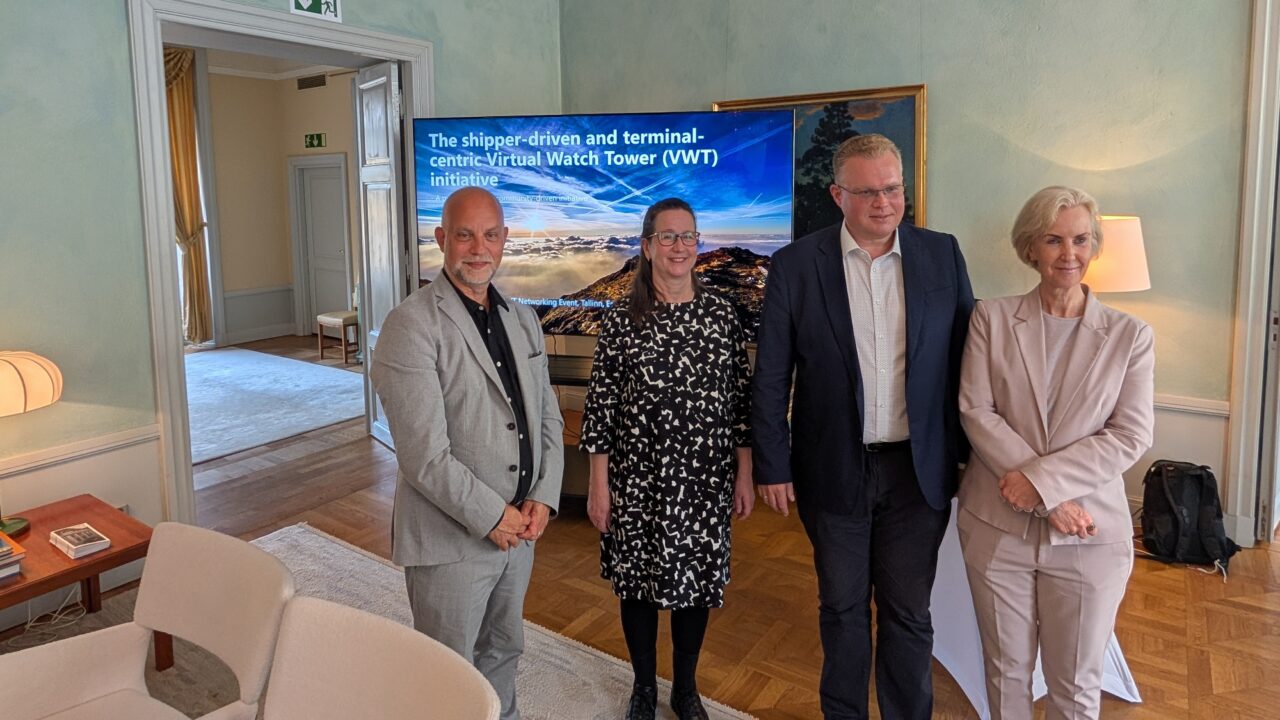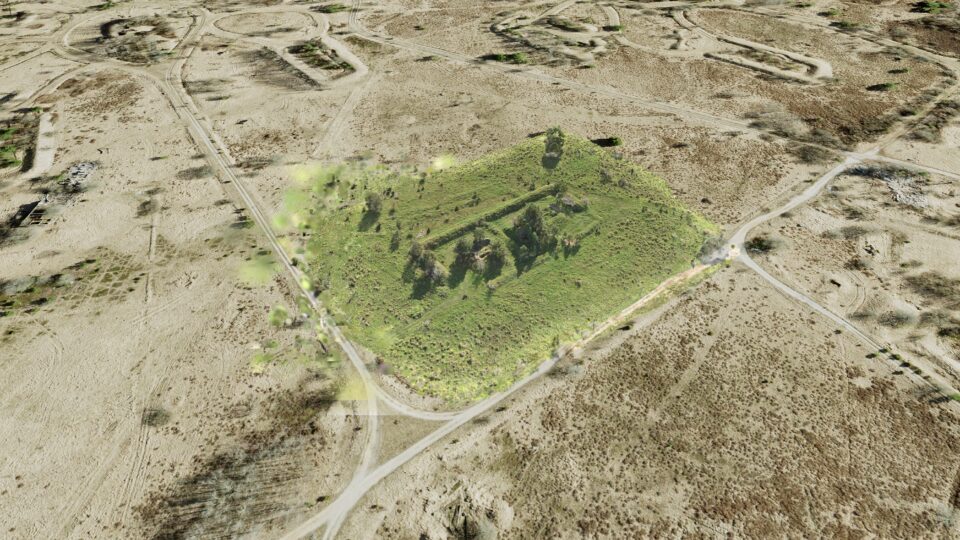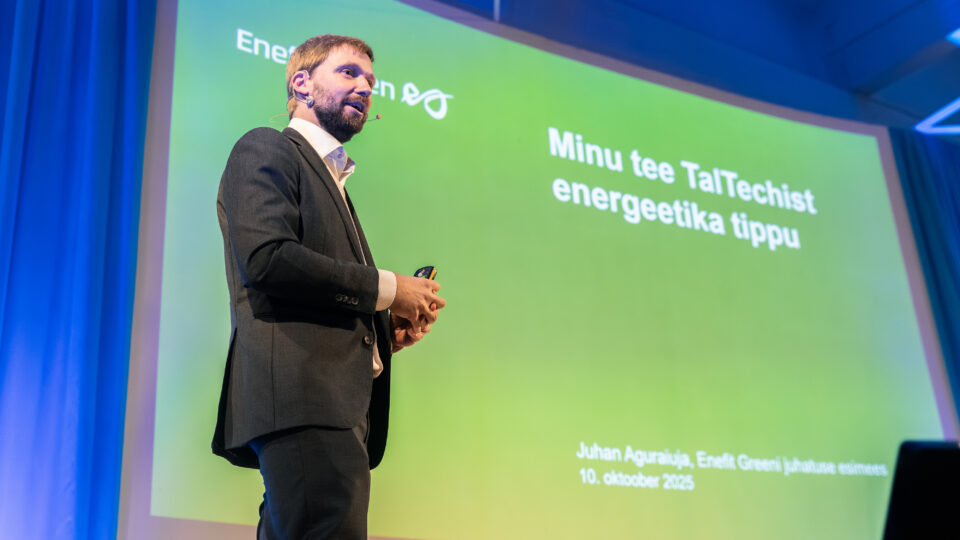Estonia is taking an active role in the rapidly growing Virtual Watch Tower (VWT) community – an international initiative aimed at transforming the way global supply chains are managed and monitored.
Driven by the urgent need for better visibility and disruption management across multimodal transport chains, the VWT initiative brings together cargo owners, logistics operators, technology providers, and research institutions from around the world. Since its launch in February 2023, the community has expanded from 17 founding members to 54 partners as of May 2025 – representing a diverse range of sectors and geographies.
The Estonian Maritime Academy, part of TalTech, recently joined other key national actors at the VWT networking event in Tallinn, co-hosted by the Swedish Embassy in Estonia and RISE Research Institutes of Sweden. Estonia is already well represented in the VWT ecosystem, with active contributions from TalTech, the Port of Tallinn, and the Digital Logistics Centre of Excellence.
The Tallinn event highlighted both the strategic importance of Estonia in the regional logistics landscape and the global potential of collaborative digital solutions such as VWT.
Addressing a universal challenge in logistics
At the heart of the VWT initiative lies a universal challenge in global logistics: the lack of end-to-end visibility across complex, multi-party supply chains.
As Kenneth Lind, a VWT project coordinator, explained during the event: “Cargo owners often have very limited visibility into the status of their shipments. We’ve heard stories of goods delayed by over two months, with no clear answer on when they will arrive at the final destination. That is why we started Virtual Watch Tower.”
VWT is unique in that it is both cargo owner-driven and terminal-centric – empowering shippers with greater control and insights while respecting the data-sharing boundaries of each participant.
Through its technical backbone, VWTnet, the initiative enables:
- Secure, controlled sharing of operational data, based on powers of attorney from cargo owners.
- Real-time aggregation and analysis of shipment data across maritime, rail, and road transport modes.
- A structured MetroMap model that defines key synchronisation points and information flows across each transport chain.
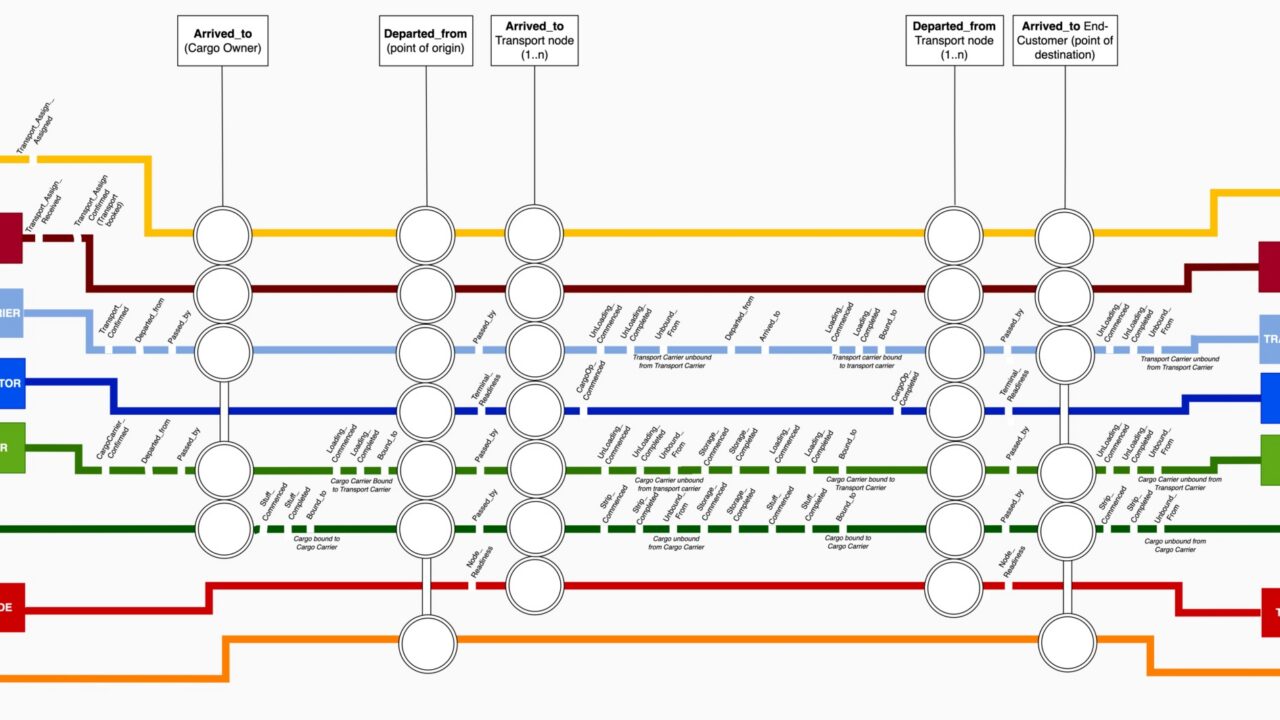
The VWT MetroMap. Source: virtualwatchtower.org
Estonia’s role in a cross-border ecosystem
Estonia’s participation in VWT is part of a broader effort to enhance regional cooperation in the Baltic Sea area – an increasingly strategic hub for European and Eurasian logistics.
At the Tallinn event, Maritime Academy’s professor Ulla Tapaninen emphasised Estonia’s commitment to building smarter logistics ecosystems: “Global supply chains are so important that we must invest in their transparency. VWT offers us a way to finally achieve an overall view and better control of our cargo in transit.”
Kalev Reiljan, speaking on behalf of Estonia’s logistics community, underlined the potential value VWT can deliver to local businesses and supply chains.
For the Estonian Maritime Academy, participation in VWT is fully aligned with its mission to advance knowledge, innovation, and digitalisation in maritime and multimodal transport – its aim is to contribute to global efforts that make logistics smarter, more sustainable, and more resilient.
The Port of Tallinn, Estonia’s largest cargo and passenger port, also sees strategic value in the initiative – the company’s strategy for 2023–2027 sets a clear goal of becoming the most innovative port in the Baltic Sea region. Joining the Virtual Watch Tower community helps the Port of Tallinn build strong ties with other forward-looking ports across the region to exchange experiences and jointly address the challenges of digitalisation and sustainability.
“The VWT platform offers a way to better connect with the entire logistics chain and raise awareness about new technological possibilities. Although our cooperation is still at an early stage, we see significant potential – especially in integrating existing tracking and data exchange solutions such as eFTI or EMDE, instead of building them from scratch. For us, innovation must happen in collaboration, and instead of duplication, we need unified and efficient data flows across the sector,” said Hele-Mai Metsal, head of infrastructure development department at the Port of Tallinn.
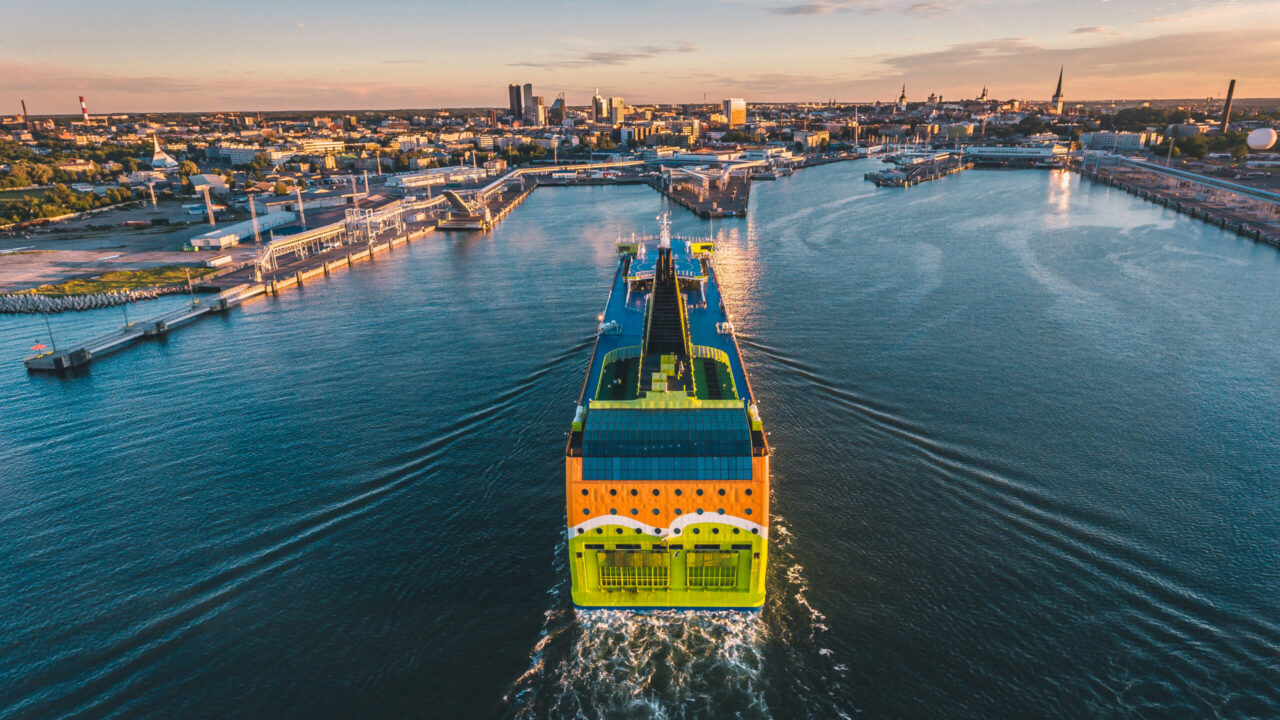
A Tallink ship entering the Port of Tallinn. Photo: Estonian Maritime Academy
Next steps for VWT
The VWT community is now entering a new phase, with plans to go operational and establish a formal trust or foundation to govern its future development. Events such as the Tallinn networking session are helping to bring new partners into the fold – particularly in dynamic logistics hubs such as Estonia.
Mikael Lind from the RISE Research Institutes of Sweden, and a key architect of the VWT concept, summed up the vision: “We want to build a collaborative ecosystem and a foundation that can govern this initiative – not for profit, but for the benefit of the global logistics community.”
As global transport networks face increasing complexity and uncertainty, initiatives such as VWT offer a promising model for collective intelligence and collaborative resilience in the supply chain sector.

